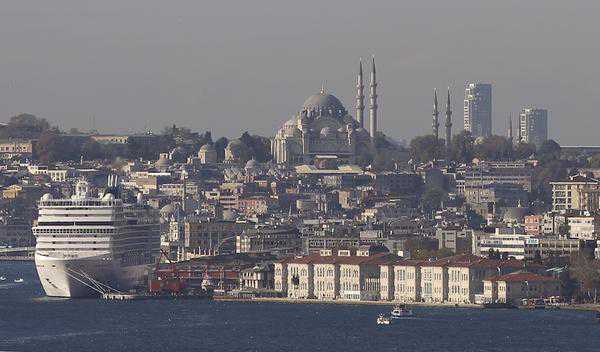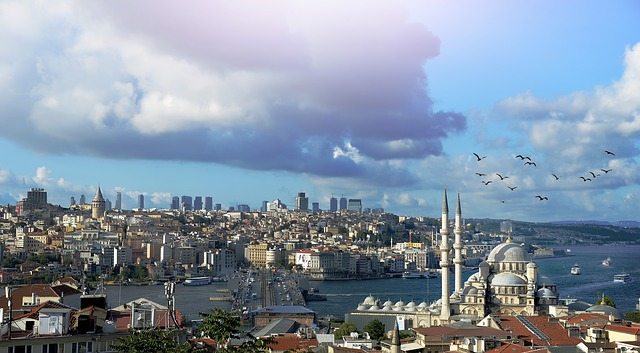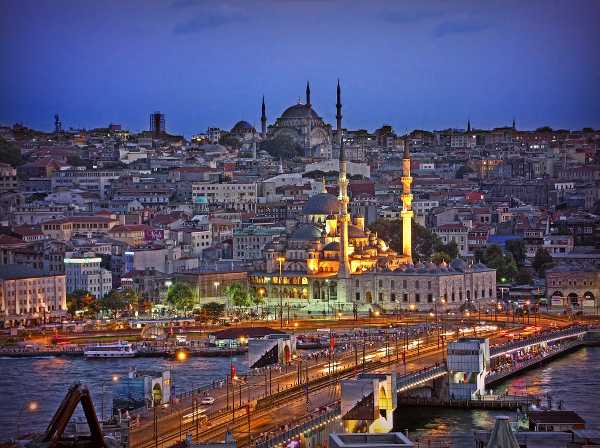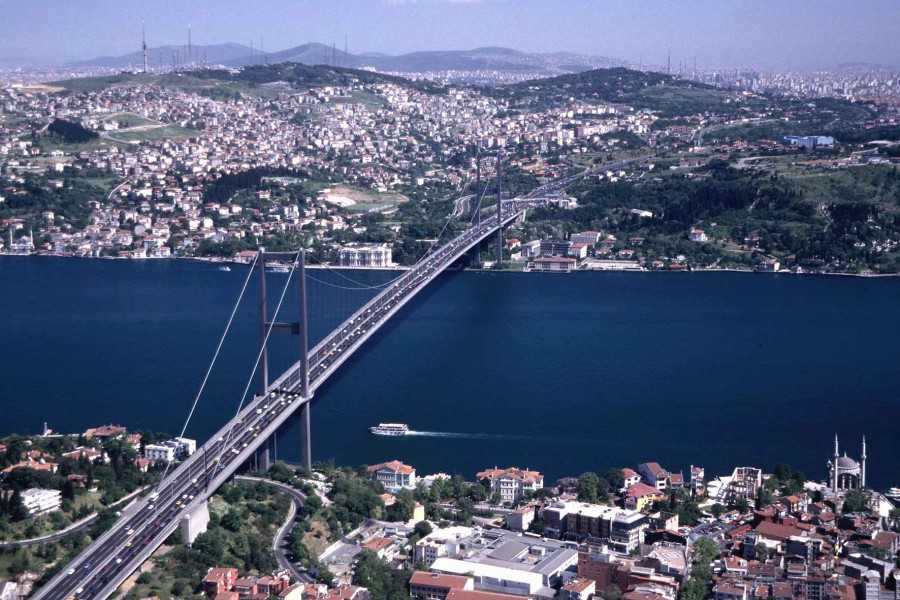MONTREAL, Sept. 2 eMechtronix-IFTC-A320Qualification Marks First A320 Level D under JAA for Both IFTC Istanbul
and Mechtronix
MONTREAL, Sept. 2 /PRNewswire/ – Mechtronix Systems Inc. (MSI), the fastest growing and third leading provider of flight training equipment in the world, announced today the successful Level D qualification for the A320 FFS X(TM) recently deployed at IFTC (International Flight Training Center) in Istanbul, Turkey. At the customer’s request, the French civil aviation authorities, Direction Generale de l’Aviation Civile, performed the evaluation.
The FFS X(TM) features the latest generation simulation architecture and components – electric motion system, LCoS projectors and replication architecture – making it much easier and less costly to own and operate than “classic” simulators. The FFS X(TM) architecture relies fully on OEM data and software for simulated displays and avionics thus significantly reducing the requisite for aircraft parts and associated maintenance requirements. The Turkish training organization is now fully equipped to provide A320 and B737-NG dry lease simulator capacity as well as type rating courses to airlines and pilots in the region; as the first training center to operate new generation simulators in Turkey, IFTC Istanbul has a unique and attractive offer.
“The IFTC Istanbul simulation equipment is fully financed by SoftFlight of The Netherlands together with a bank. We are proud to have chosen Mechtronix to help us set up IFTC Istanbul and are relying on Mechtronix’ next generation simulation technology,” says Marty van Veluw, general manager and co-founder of SoftFlight. “We look forward to developing similar projects in other regions.”
“We are very pleased to have achieved another important milestone and look forward to offering A320 training” said Mr. Mekin Gozen, President & CEO of Gozen Group, mother company of IFTC Istanbul. “The Mechtronix full flight simulators we equipped ourselves with, namely a B737-NG FFS X(TM) and an A320 FFS X(TM), will bring us the quality, fidelity and reliability we need to become a world class training center.”
“We are delighted for IFTC Istanbul and Gozen Group. We would like to thank them again for selecting Mechtronix as a Full Flight Simulator provider” said Xavier Herve, President of Mechtronix. “After IFTC Istanbul’s 737-NG FFS X(TM) received Level D qualification and with our recent launch of our A320 FFS X(TM) platform, the A320 Level D qualification represents another key achievement for us. This further demonstrates Mechtronix’ unique ability to provide and manufacture state-of-the-art pilot training equipment for any aircraft type for today’s airlines and training centers seeking new and alternative training business models.”
About International Flight Training Center Istanbul (IFTC Istanbul)
IFTC Istanbul was established in 2007 as the training arm of the Gozen Group. Based in Istanbul, Turkey IFTC Istanbul is a fully approved Type Rating Training Organization (TRTO) specializing in providing flight crew training services for A320 and B737-NG. High quality training courses are delivered by an experienced team of instructors and examiners and can be tailored to meet specific aircraft or operational requirements for all operators in the region. The Gozen Group, founded back in 1979 by Mekin Gozen and Mete Bozyigit, has been operating as Supervision & Representation Company, in accordance with the regulation of the International Air Transport Association (IATA) supplying ground services to more than 85 companies in the field of representation, fuel, supervision, brokerage and security. The company is fully licensed by the Civil Aviation Authority of Turkey and all relevant government authorities. The headquarters are located in Istanbul with offices at every major international airport through Turkey; Adana, Ankara, Antalya, Dalaman, Bodrum & Izmir.
About SoftFlight
Founded in 2007 with headquarters in the Netherlands, Softflight is an independent finance company specializing in the Flight Simulator industry. Softflight offers customized simulator lease constructions as well as turnkey solutions for simulator centers. Softflight operates worldwide with a team of experienced financial professionals, providing its customers with the highest level of expertise available in the market. The creation of Softflight began with the awareness that finance companies were not focusing on the simulator market, despite the obvious opportunities, and that this left a niche to be filled.
About Mechtronix Systems Inc. (MSI)
Headquartered in the Montreal aviation hub, Mechtronix Systems Inc. (MSI) is the fastest growing designer and manufacturer of flight simulators. Backed by Canada’s largest institutional investor, Mechtronix ranks in the top-3 of the global flight simulator market, with a presence in America, Europe and Asia. Through 20 years of passion and dedication, Mechtronix has developed a unique expertise and proved extensively its vision and leadership for flight training. Worldwide customers include major airlines and training centers such as Alitalia, Copa Airlines, Japan Airlines, Northwest Airlines, Lufthansa Flight Training and TACA Airlines. Mechtronix offers a full range of products from full flight simulators to flight training devices, which are setting new industry standards for higher fidelity, reliability, cost efficiency and safety. Recent additions include the FFT X(TM) fixed base and FFS X(TM) full motion simulator available in Non Zero Flight Time(TM) (NZFT(TM)) and the Zero Flight Time(TM) (ZFT(TM)) configurations.
SOURCE MECHTRONIX SYSTEMS





